Over the next decade, several very powerful telescopes will come online. Observing time on these ‘scopes will be in high demand, and their range of targets will span a whole host of topics in astronomy, astrophysics, and cosomology.
One of the topics near the top of the list is exoplanets.
But how will astronomers know where to spend their precious exoplanet observing time?
This new study will help.
Planets form in debris disks around young stars. But it’s hard to see inside those dusty disks and spot the actual planets with the telescopes and instruments we currently have. Now, a team of astronomers have released what they’re calling a “rogue’s gallery” of images of these disks, each one showing evidence of young planets.
The images are the result of four years of work with the Gemini Planet Imager (GPI). The GPI is a precision instrument mounted on the 8-meter Gemini South telescope in Chile.
“There has been no systematic survey of young debris disks nearly this large, looking with the same instrument, using the same observing modes and methods.”
Tom Esposito, First Author, U of C, Berkeley
The results are presented in a new paper titled “Debris Disk Results from the Gemini Planet Imager Exoplanet Survey’s Polarimetric Imaging Campaign.” The first author is Tom Esposito, a postdoctoral fellow at the University of California, Berkeley. The paper is published in The Astronomical Journal.
The study targeted young stars less than 500 million years old. They were nearby stars, within 150 parsecs (490 light years) of us. There were 104 stars, including 38 that were previously imaged. The researchers were also able to resolve 26 debris disks and 3 protoplanetary/transitional disks.
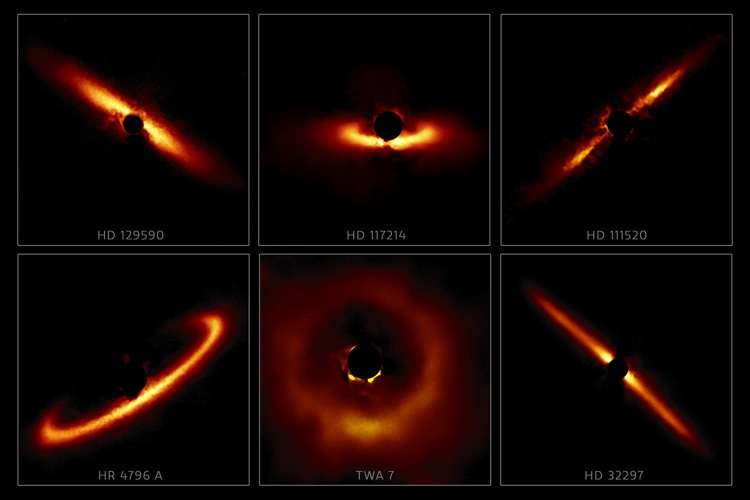
The study is—at least partly—an effort to screen targets for observing time with more powerful future telescopes, whose observing time will be in very high demand. ‘Scopes like the James Webb Space Telescope, the Giant Magellan Telescope, and the Extremely Large Telescope will be coming online in the next few years. They’ll be powerful enough to study exoplanets and the systems that host them in greater detail than current telescopes. But their power isn’t needed to find those planets initially.
“It is often easier to detect the dust-filled disk than the planets, so you detect the dust first and then you know to point your James Webb Space Telescope or your Nancy Grace Roman Space Telescope at those systems, cutting down the number of stars you have to sift through to find these planets in the first place,” said lead author Tom Esposito in a press release.
Looking at the images of the disks in this study is like looking at the Kuiper Belt in our own Solar System. The Kuiper Belt is a frigid area in the distant Solar System, 40 times further from the Sun than Earth is. The material in the Belt—rocks, ice, and dust—was left over from the planet forming stage in our Solar System’s development.

In this study, Gemini captured 26 images of debris disks around stars. Of those, 25 had holes in the disks, which are evidence of a young planet sweeping up gas and dust as it forms. Some of them were previously known, but seven of the 26 are newly identified. But the images of the 19 previously known ones were nowhere near as sharp as these new images. In most cases, the previous images are from ‘scopes that lack the GPI’s high resolution, so those images don’t show the same holes that indicate the presence of young, still-forming planets.
“One of the things we found is that these so-called disks are really rings with inner clearings,” said Esposito, who is also a researcher at the SETI Institute in Mountain View, California. “GPI had a clear view of the inner regions close to the star, whereas in the past, observations by the Hubble Space Telescope and older instruments from the ground couldn’t see close enough to the star to see the hole around it.”
One of the things that makes the Gemini Planet Imager so effective is its coronagraph. The venerable Hubble has a coronograph, which blocks the light of distant stars, making it easier to see other detail around the star. But it’s coronograph isn’t near as effective and high-tech as the GPI’s. Using its coronagraph, GPI is able to see to within one astronomical unit (AU) of the stars it targets.
In this survey, the researchers used the GPI to look at stars that were exceptionally bright in the infrared. Not because of the output of the star itself. But because high infrared output indicates the presence of a disk, which emits infrared light. GPI is powerful enough to observe near-infrared (NIR) light scattered by tiny dust particles no larger than one micron, or a thousandth of a millimeter.
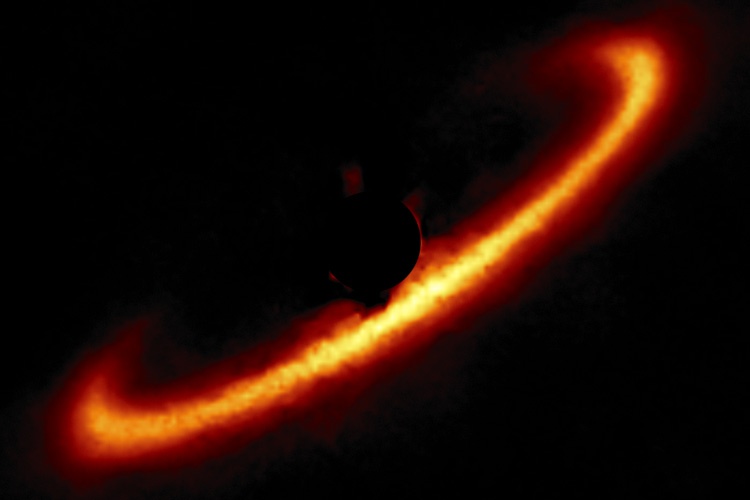
“There has been no systematic survey of young debris disks nearly this large, looking with the same instrument, using the same observing modes and methods,” Esposito said. “We detected these 26 debris disks with very consistent data quality, where we can really compare the observations, something that is unique in terms of debris disk surveys.”
The way these disks and stars were sampled in this survey serves a purpose in exoplanet study. For example, seven of the new disks were in a group of 13 that move together through space. All 13 were born in the same region at about the same time, making them a great target for deepening our understanding of exoplanet formation in young solar systems, and by extension, how our own system formed.
“If you dial back the clock for our own solar system by 4.5 billion years, which one of these disks were we?”
Tom esposito, Lead Author, University of California, Berkeley
“It is like the perfect fishing spot; our success rate was much greater than anything else we have ever done,” said Paul Kalas, a UC Berkeley adjunct professor of astronomy who is second author of the paper. Because all seven are around stars that were born in the same region at roughly the same time, “that group itself is a mini-laboratory where we can compare and contrast the architectures of many planetary nurseries developing simultaneously under a range of conditions, something that we really didn’t have before,” Esposito added.
But that coherent group is only part of the story. All of the stars and disks are young, between tens of millions of years to a few hundred million years. That’s a very dynamic period for young solar systems, as planets form and migrate and as the overall architecture of the system takes form.
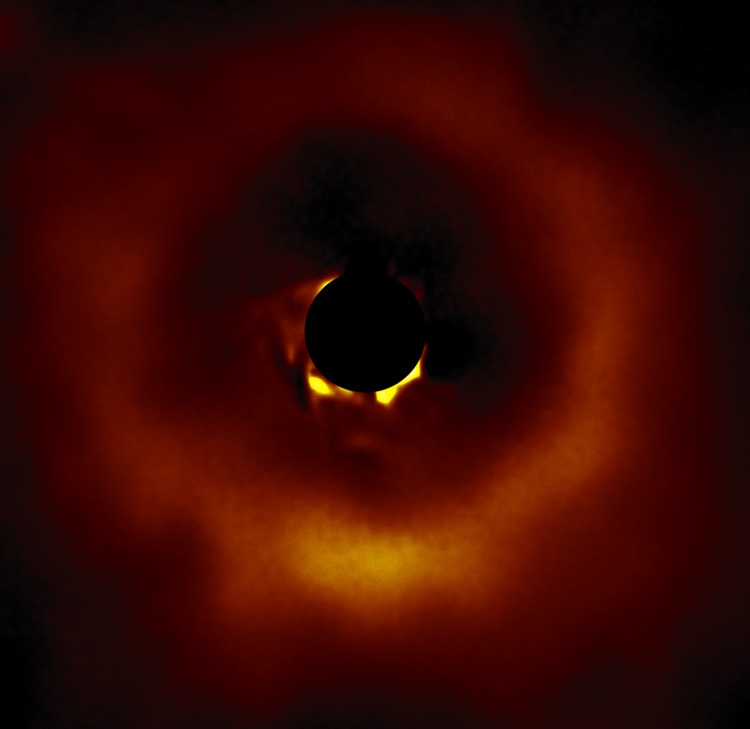
Interestingly, one star named HD 156623 did not have a hole in its disk. But it’s one of the youngest in the group. That fits in with our understanding of how solar systems form. A very young star shouldn’t have any planets yet, since the star itself has barely formed.
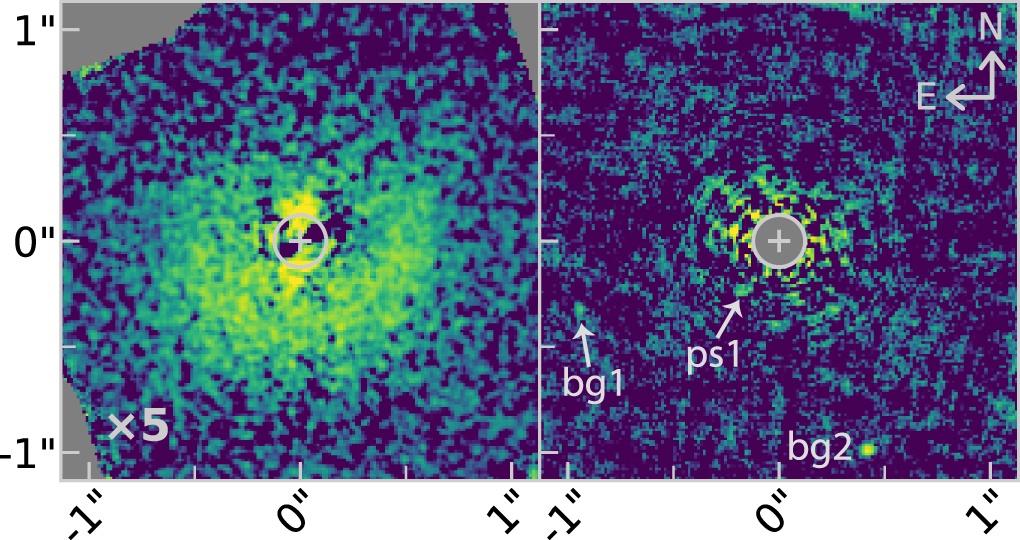
“When we look at younger circumstellar disks, like protoplanetary disks that are in an earlier phase of evolution, when planets are forming, or before planets have started to form, there is a lot of gas and dust in the areas where we find these holes in the older debris disks,” Esposito said. “Something has removed that material over time, and one of the ways you can do that is with planets.”
One of the fascinating aspects of studies like this is what it might tell us about our own home here in our Solar System. What would it have looked like if it had been imaged in its infancy.
“If you dial back the clock for our own solar system by 4.5 billion years, which one of these disks were we? Were we a narrow ring, or were we a fuzzy blob?” Esposito said. “It would be great to know what we looked like back then to understand our own origins. That is the great unanswered question.”
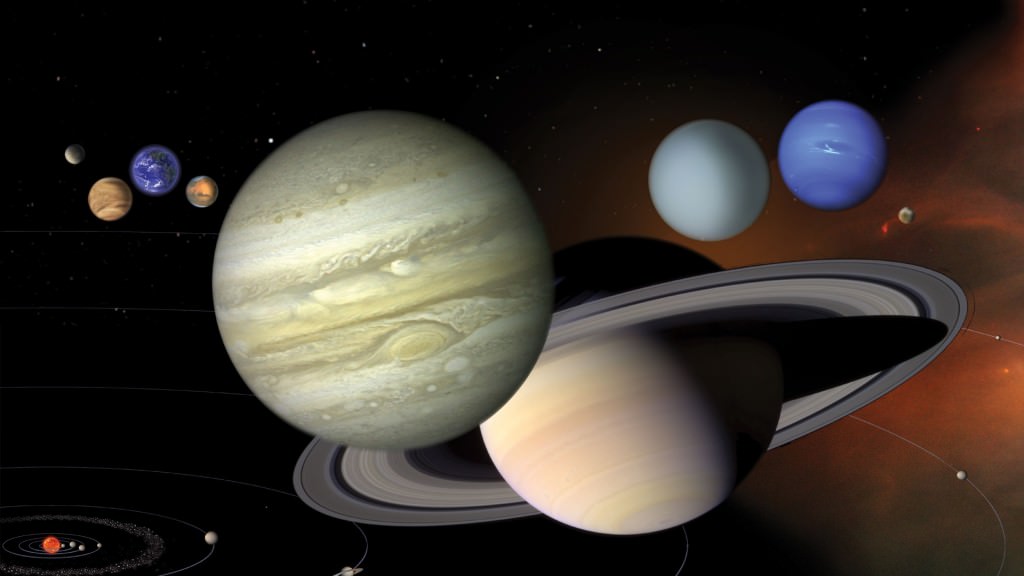
There’s no way we’ll ever know what our own Solar System looked like in its infancy. But the same processes that formed our system are at play in every system. Ours might only be special because of our precious life-supporting Earth.
Our understanding of young stars, and the solar system that evolve around them is taking shape. Even ten years ago, we weren’t nearly as knowledgeable as we are now. When our next generation of telescopes comes online over the next decade or so, our knowledge will grow by leaps and bounds.
And this study will be part of it all.
More:
- Press Release: Rogue’s gallery of dusty star systems reveals exoplanet nurseries
- Research Paper: Debris Disk Results from the Gemini Planet Imager Exoplanet Survey’s Polarimetric Imaging Campaign
- Universe Today: More Pictures of Planet-Forming Disks Around Young Stars

